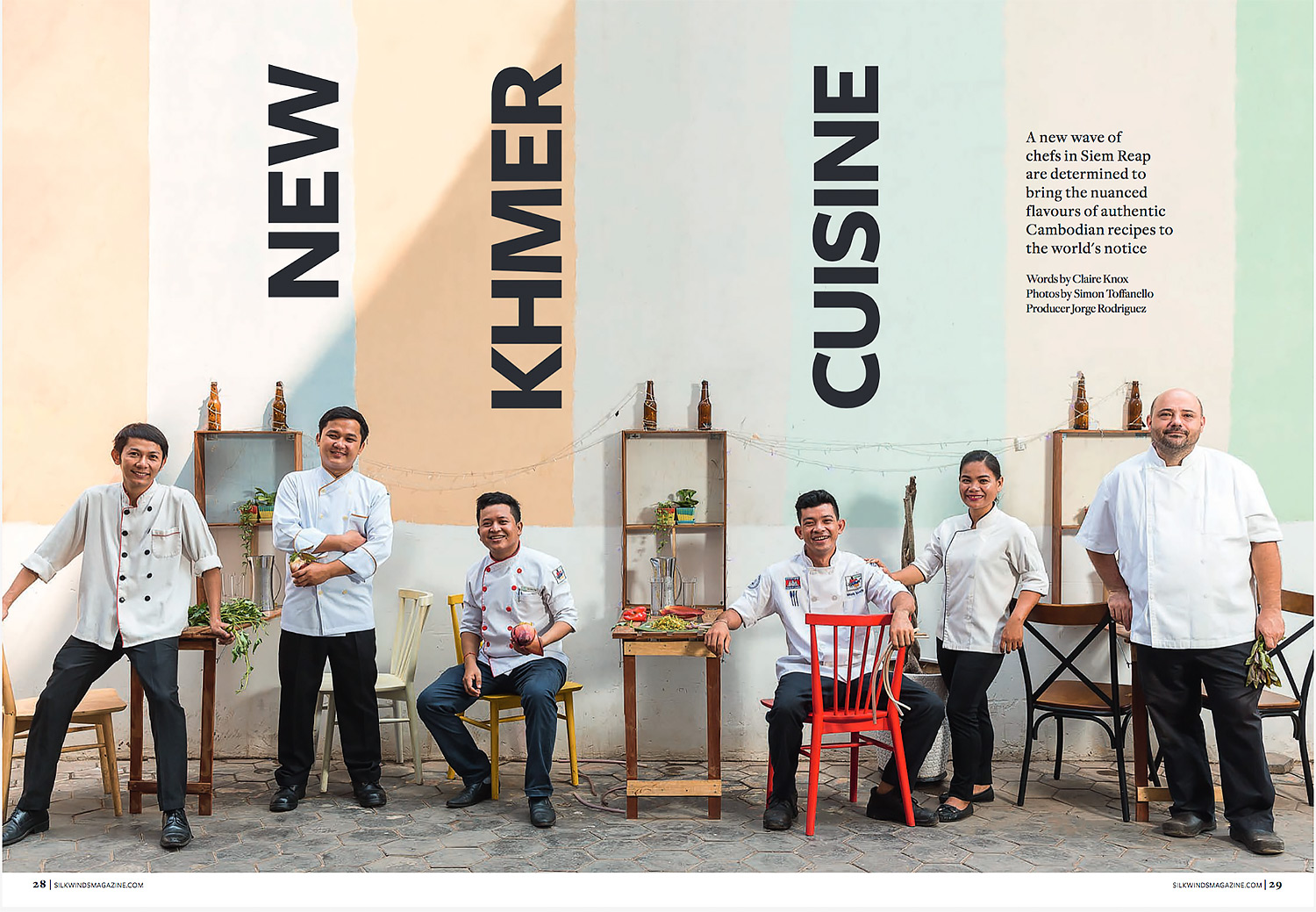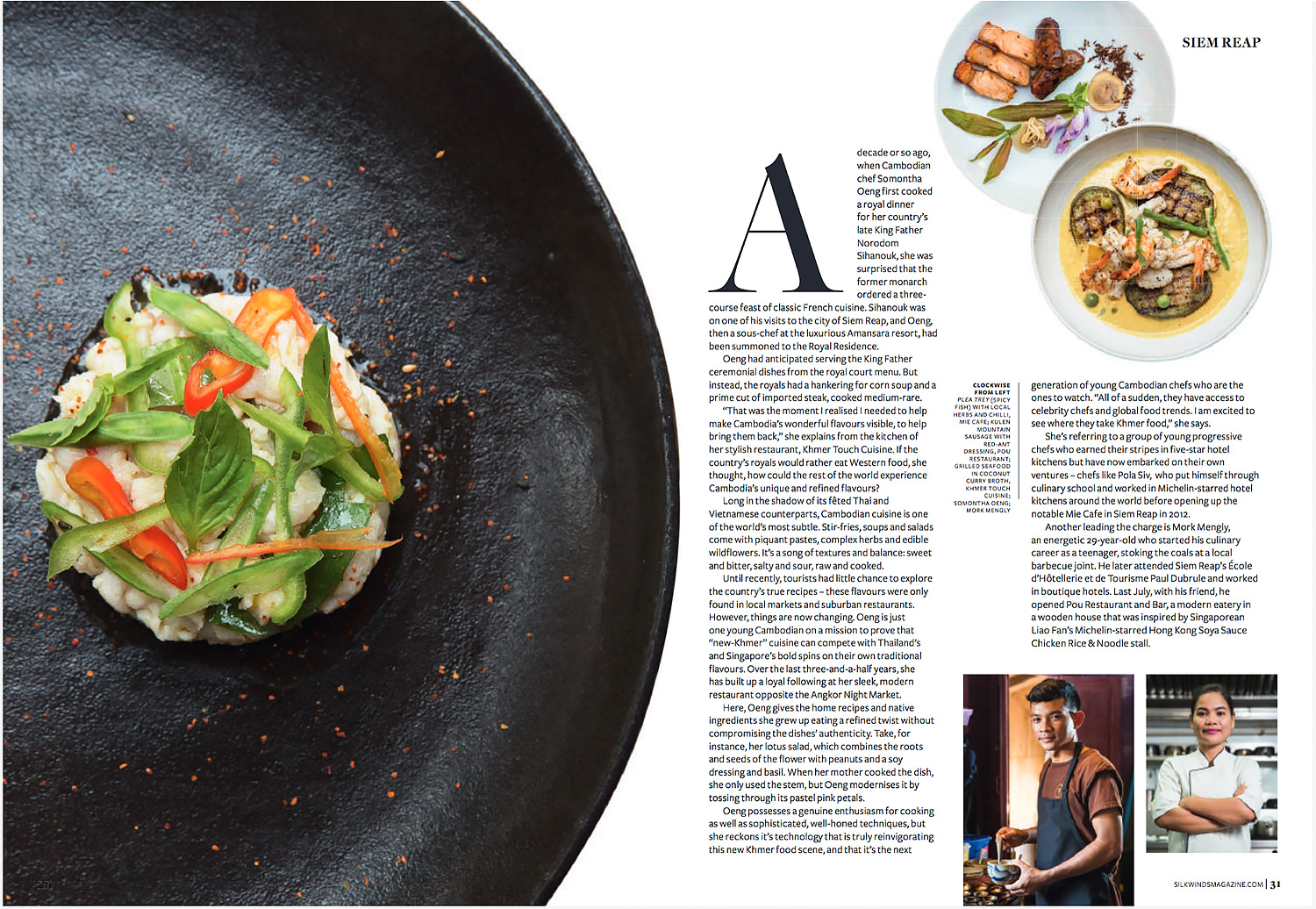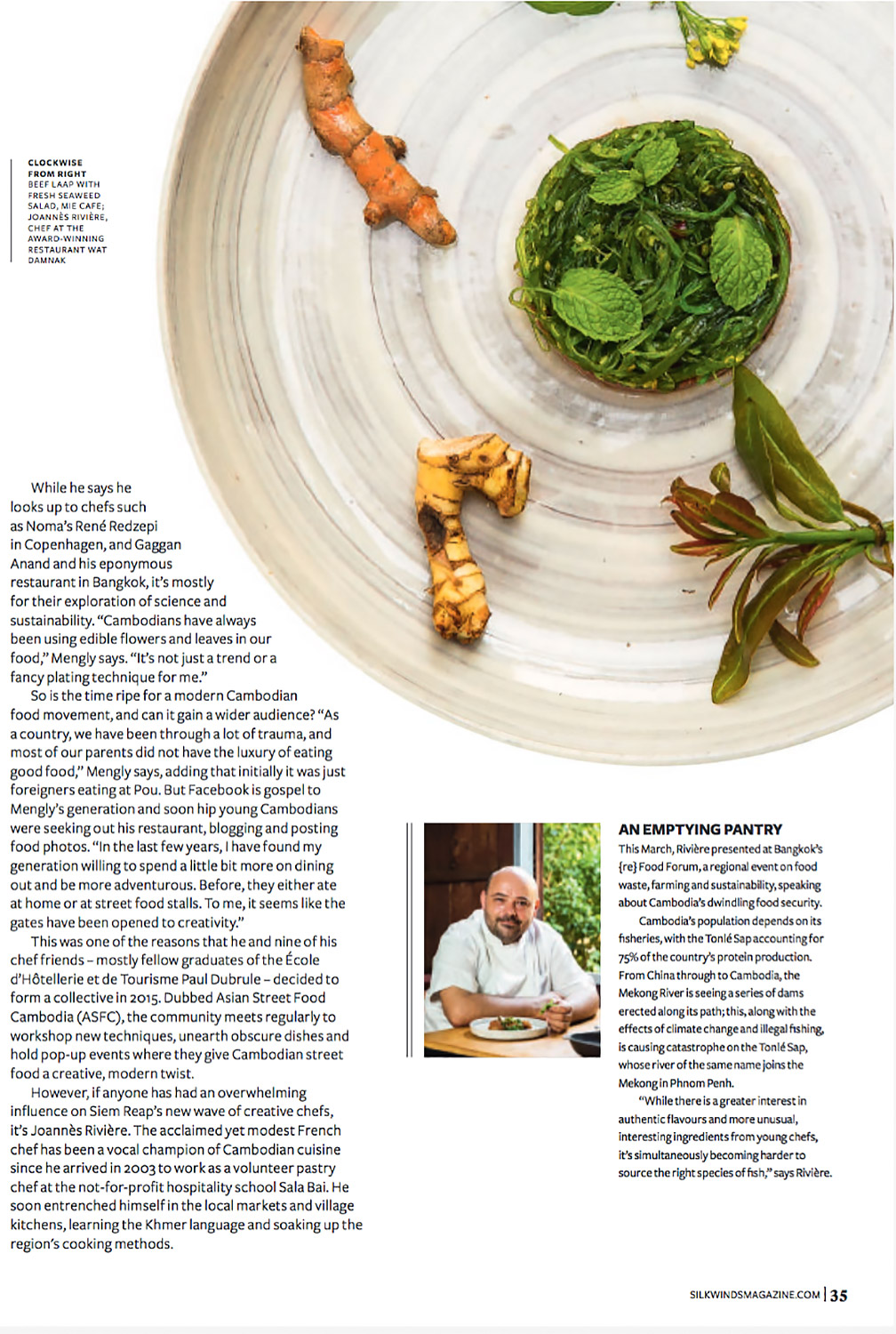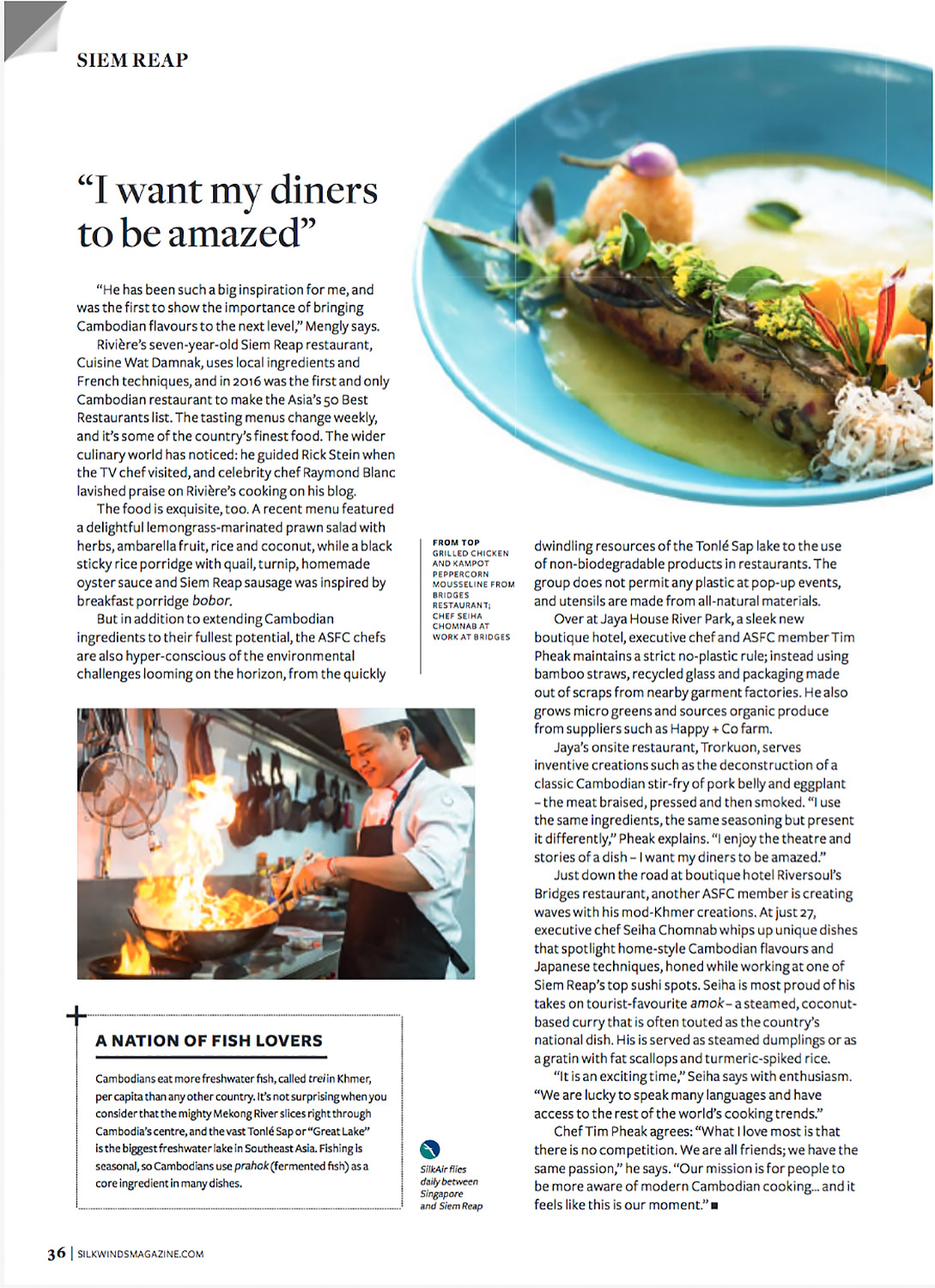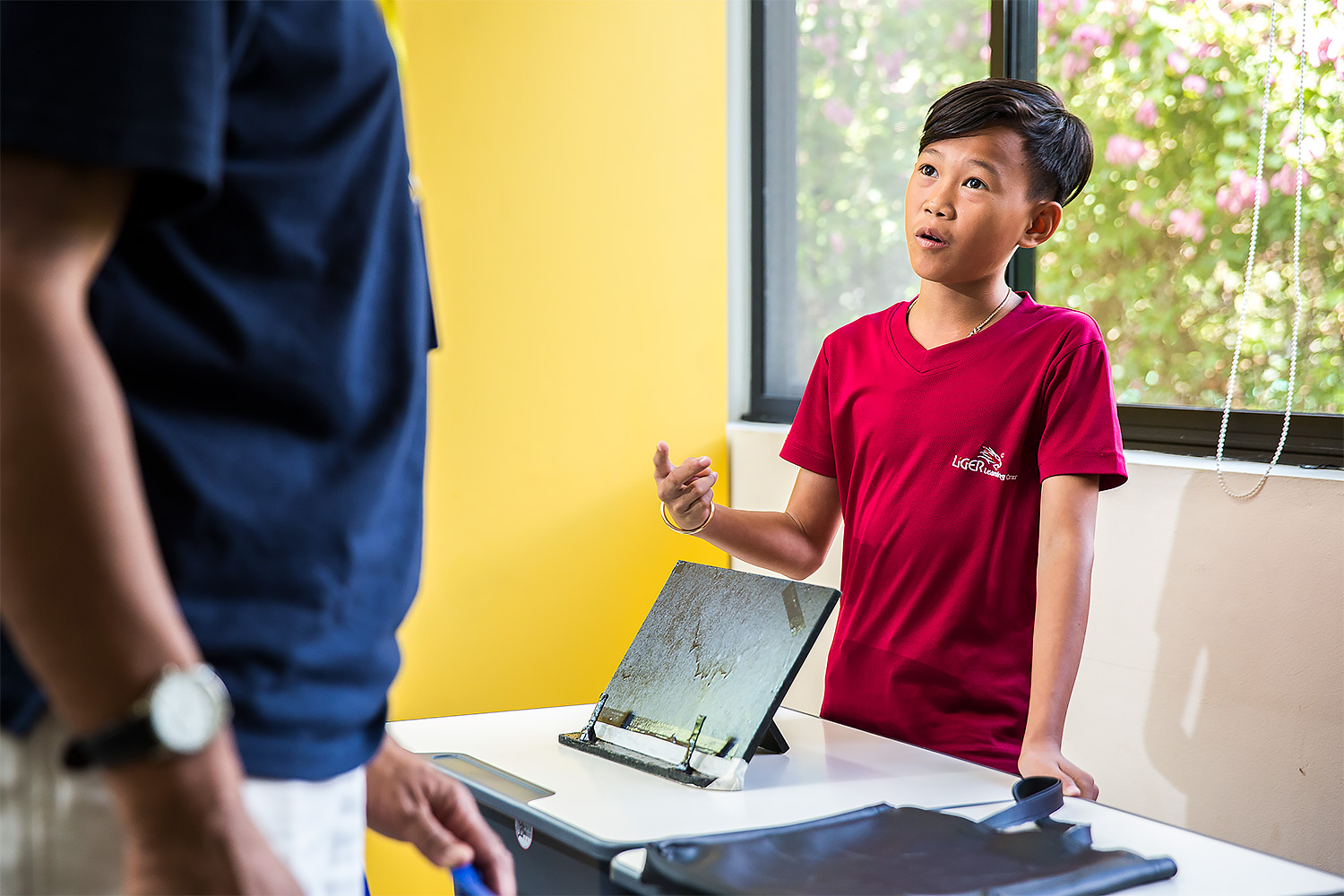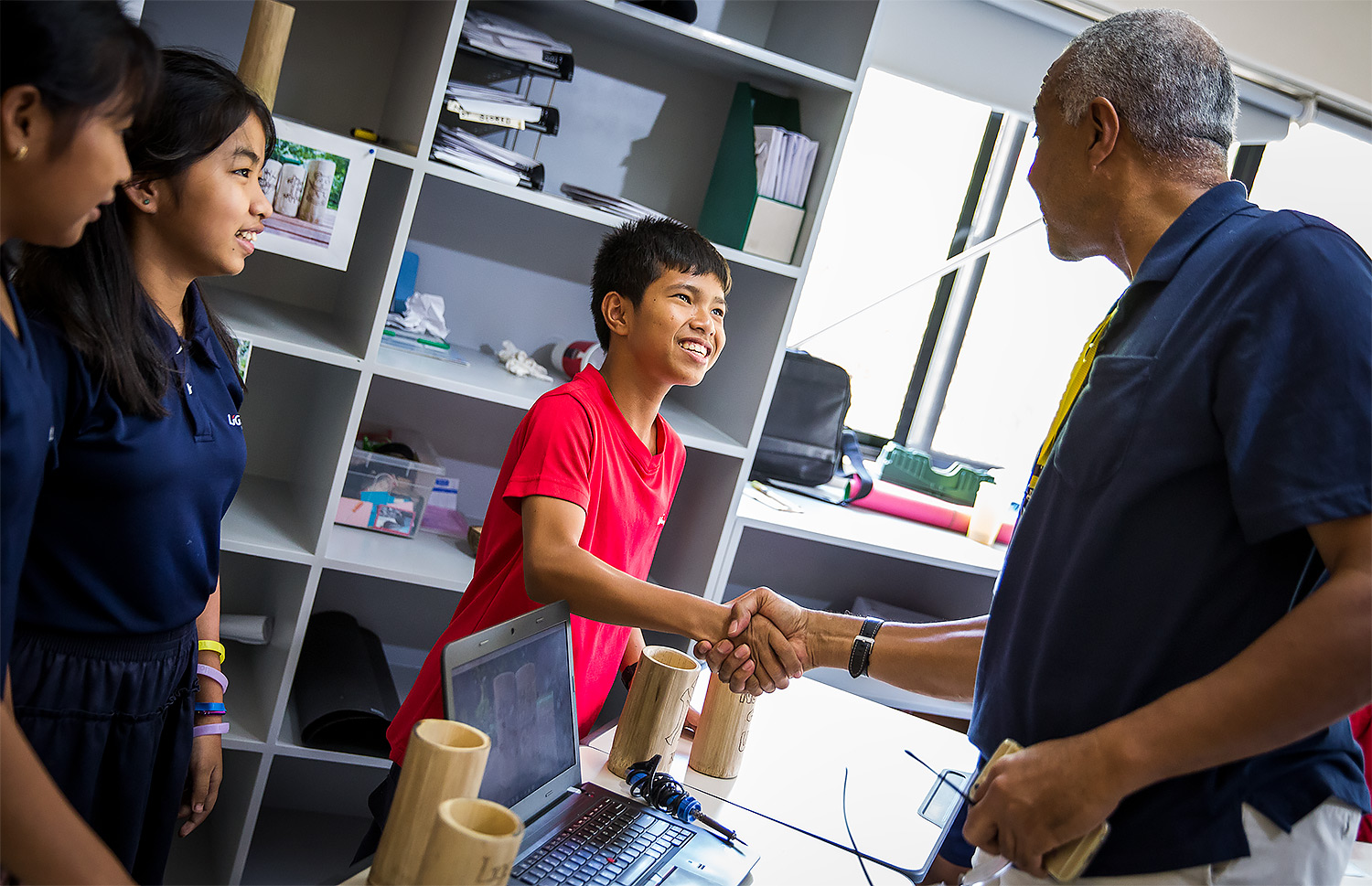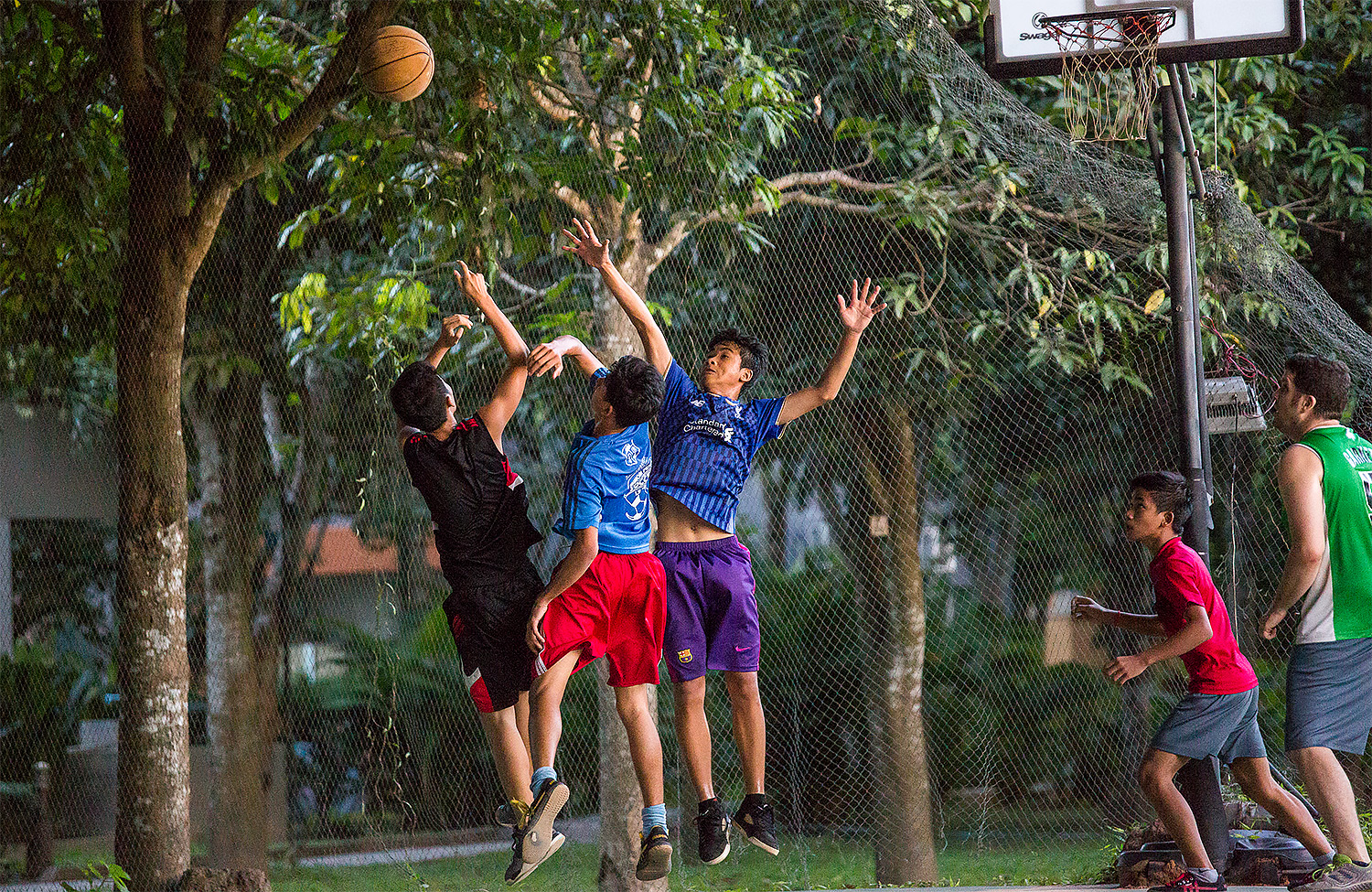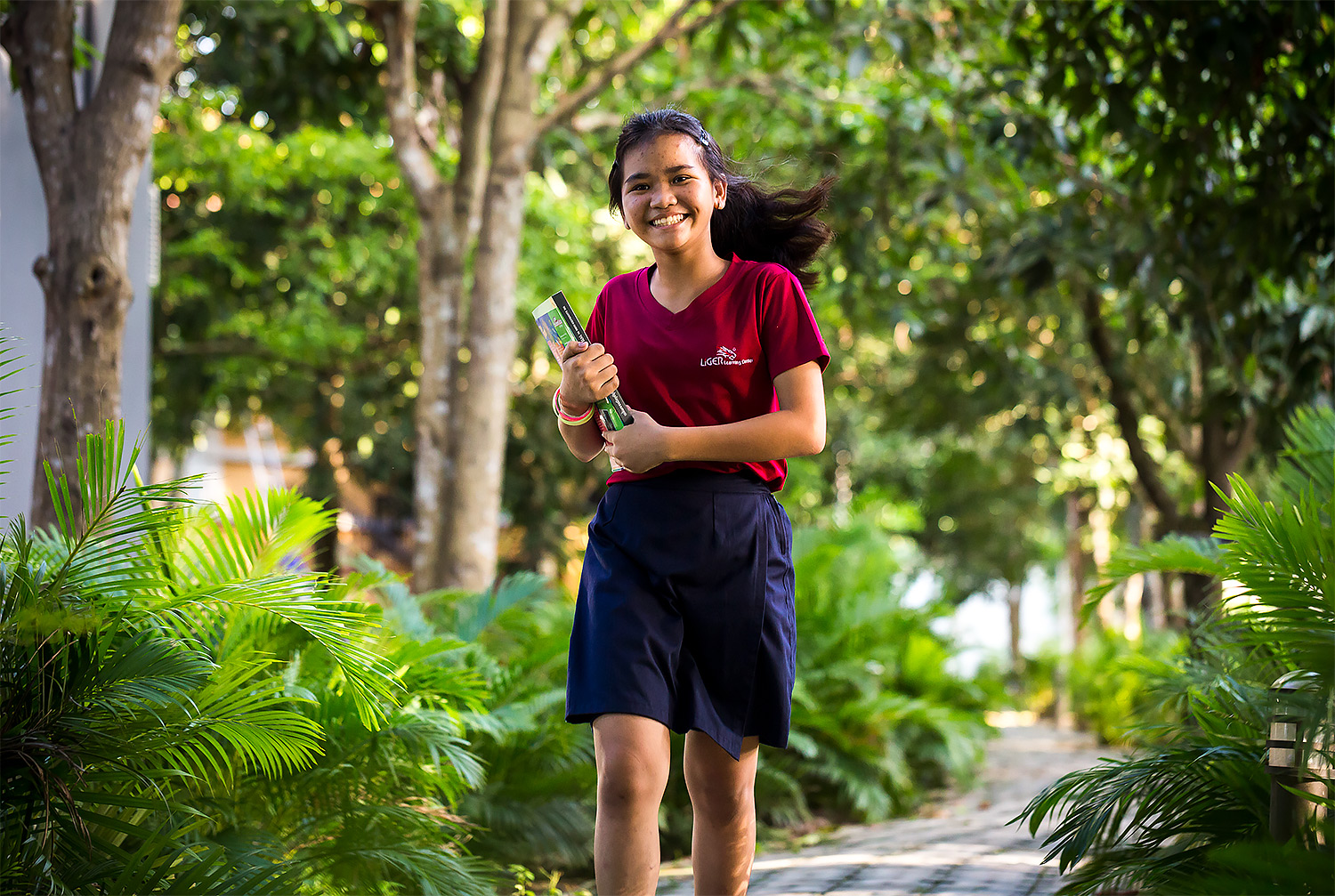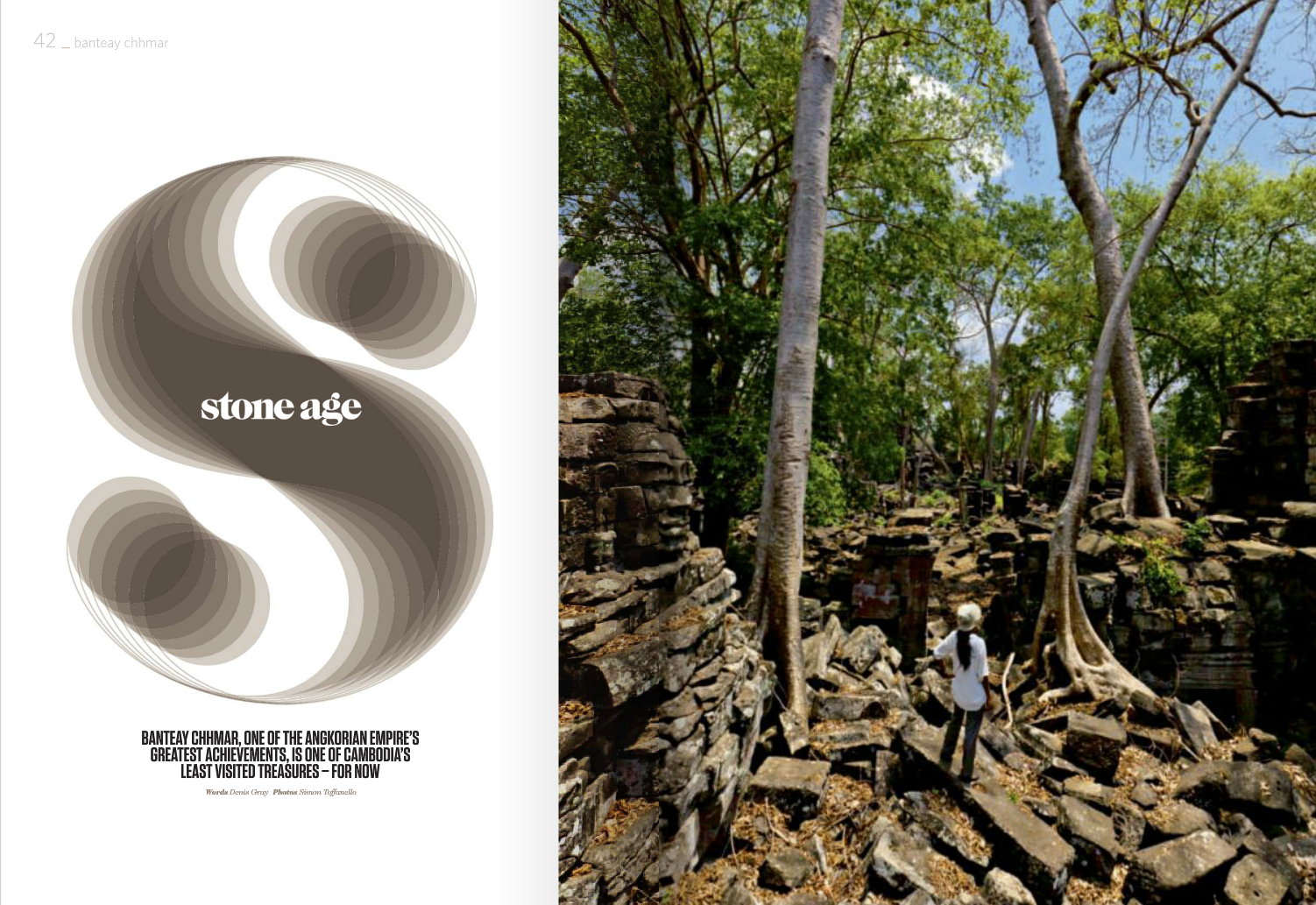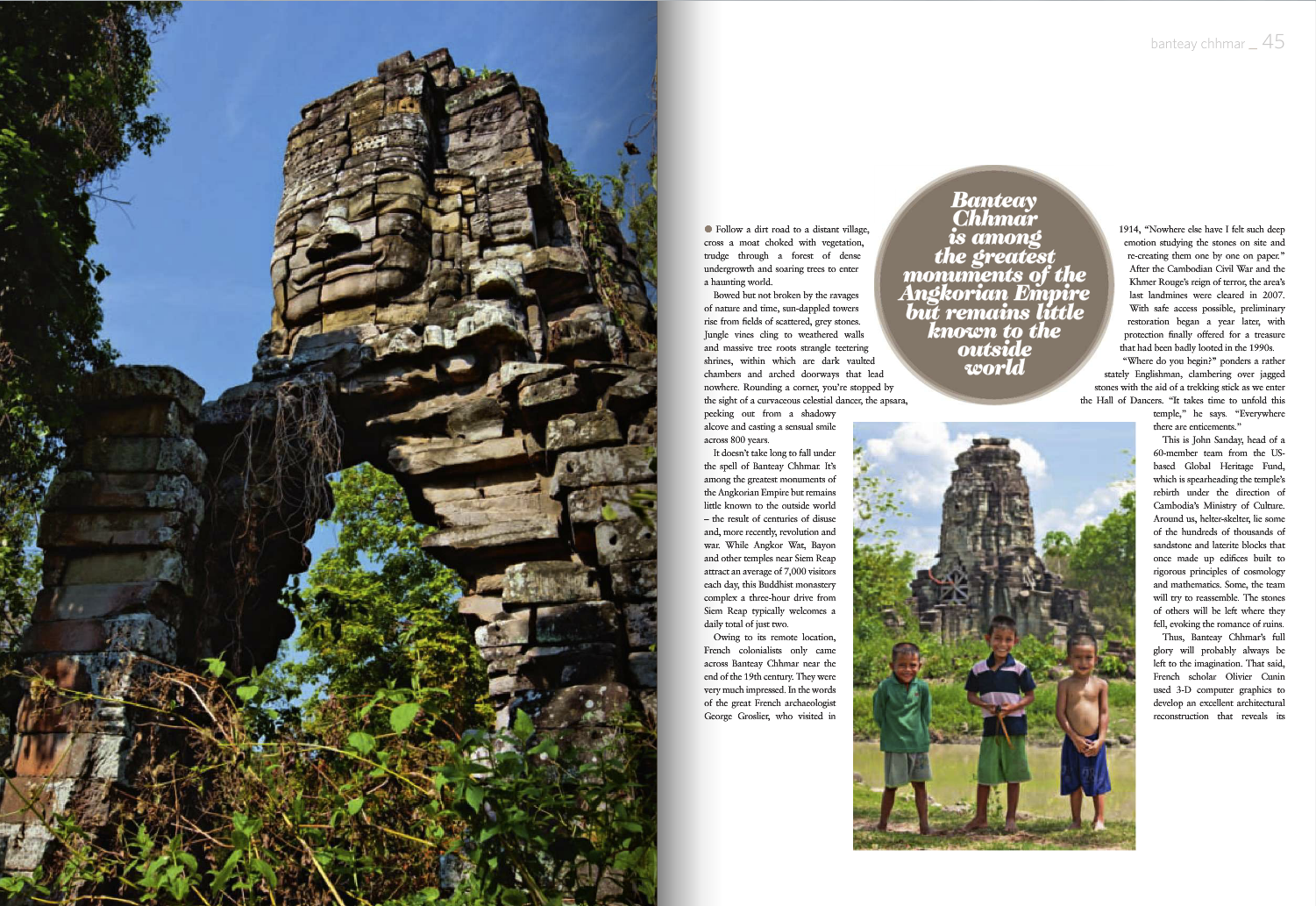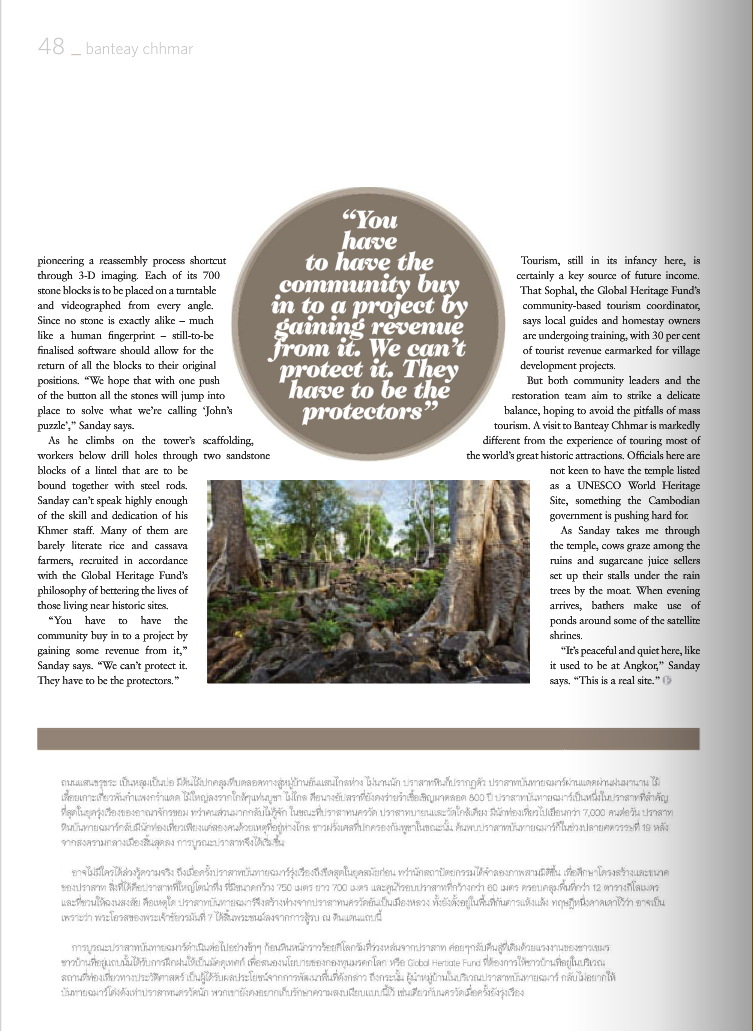Editorial Photography
Another Day at Liger
Some of the many shots from an events photography shoot at Liger Leadership Academy outside of Phnom Penh. The photo shoot coincided with a group of visiting American journalists who had flown in for a special tour of the school, with the students pretty much being the guides. A combination of capturing the kids in the act for the Liger website, as well as loosely staged portraits for inclusion in the journalist's stories (The Sydney Morning Herald among others).
The last time I was shooting at Liger was around 2 to 3 years ago, the young kids I remember have turned into confident young adults. A unique school in an excellent study and living environment, perhaps the only one like it in Cambodia.
Cambodia Train
Recently shot a travel photography feature for Silkwinds, Silk Air's inflight magazine covering the newly reopened Cambodian train service from Phnom Penh to the south coast.
Long gone are the romantic days of train surfing on the roof of a dilapidated Cambodian train. After 14 years the passenger service from Phnom Penh to Sihanoukville via Takeo and Kampot has been up and running for less than a year. Clean air conditioned carriages and soft seats make for a smooth ride, top speed is 60kmh. The passenger service currently runs only at the weekends. But is expected to run every other day soon. The windows in the carriages were sealed shut for the AC, But from between the carriages it is possible to open the doors and get a mix of fresh air with the odd diesel waft. A great scenic ride plus safer than bus or taxi. It is definitely worth the marginal extra time. Desapeeup la'or!
The magazine article by Jonathan Evans along with some of my photography can be found in the March issue of Silkwinds here.
Photographs from the journey can be found in the "Cambotrain" gallery.
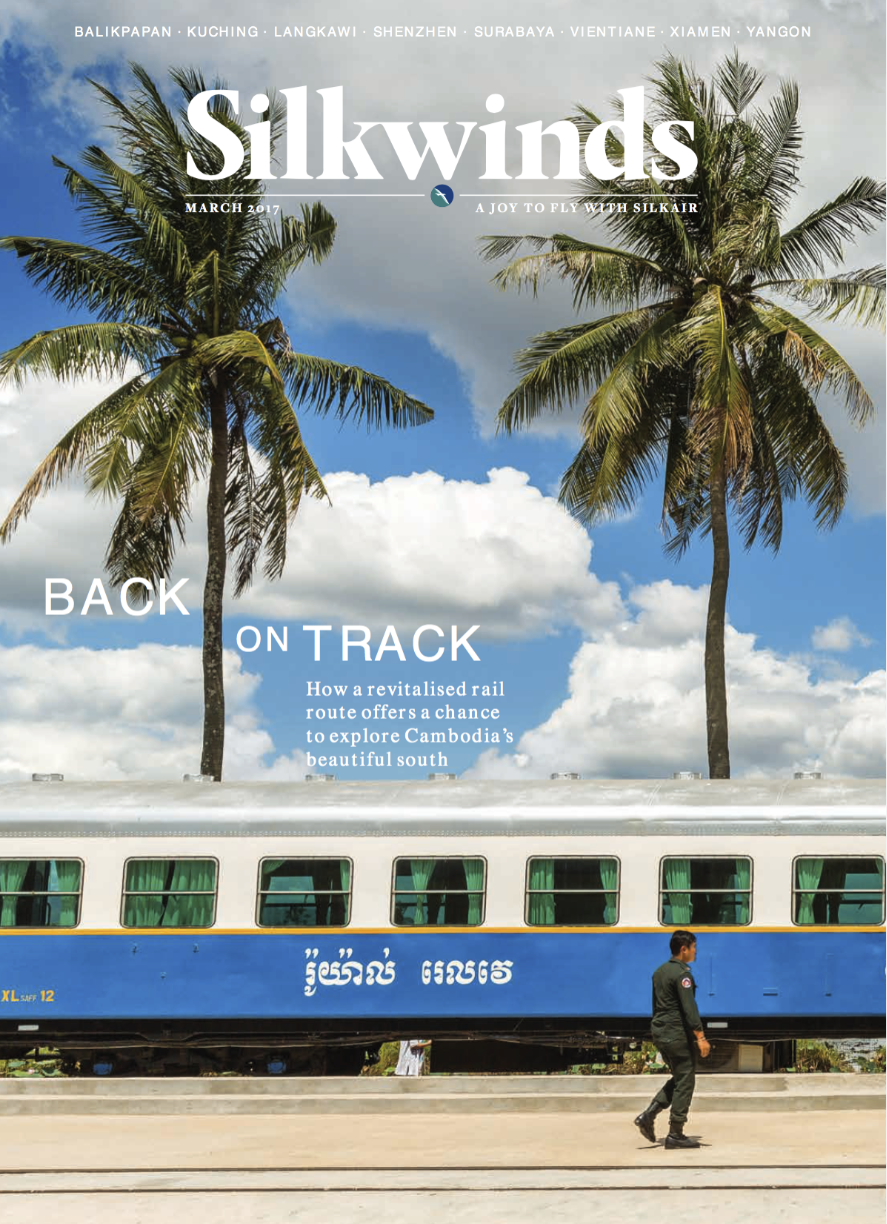
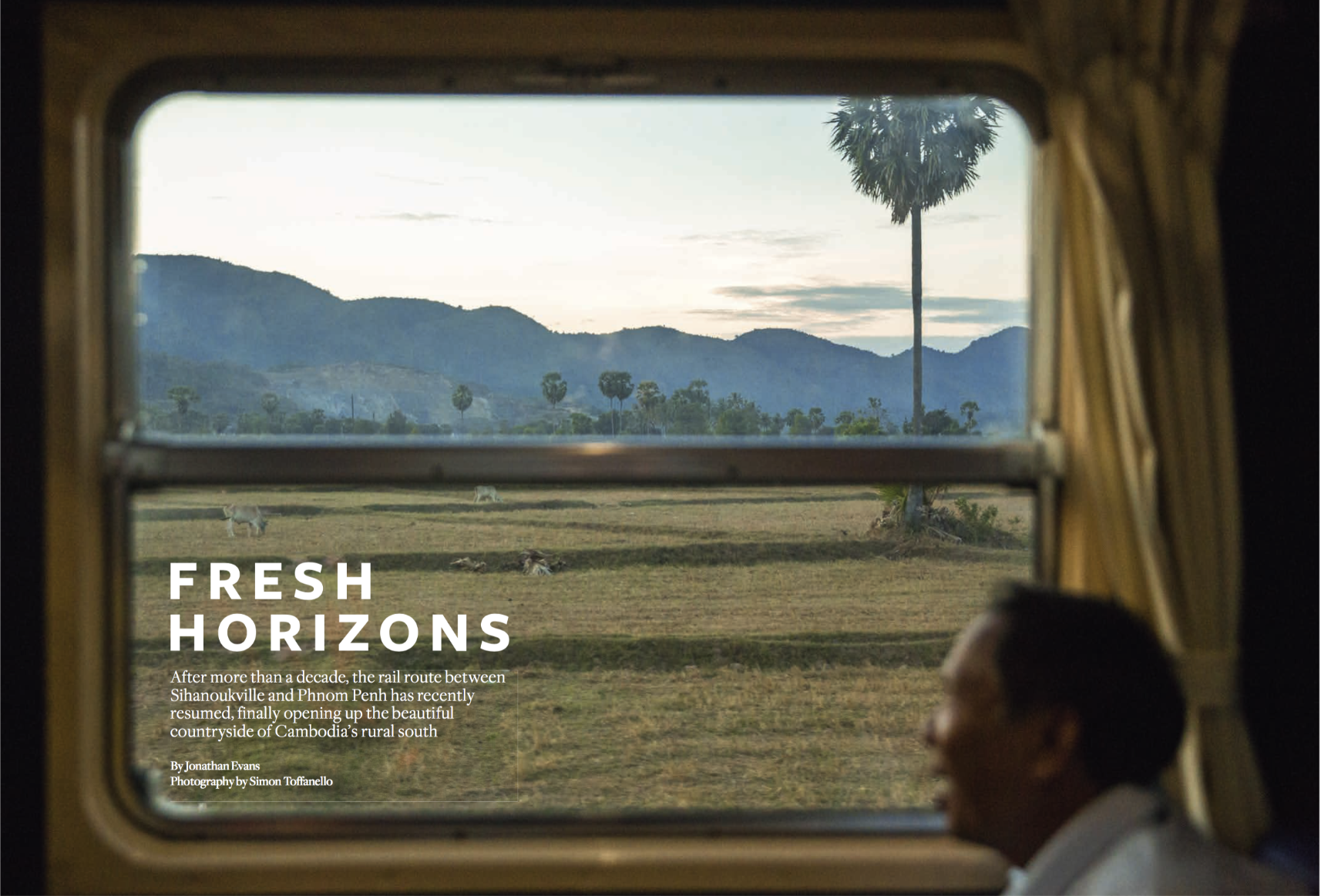
Fah Thai Magazine - Banteay Chhmar
This is from a while back now. But I just came across back dated Fah Thai (Thai Airways) inflight magazines online. I hadn't gotten a copy of the magazine at the time, but it's some of my photos and an essay by Dennis Gray from my Banteay Chhmar travel photography assignment for the May 2012 issue. I was hired through Asia Motion photographers agency based in Phnom Penh.
From Siem Reap my assistant Tauch Lon and I travelled by bus to Sisophon in Banteay Meanchey province, then took a shared taxi to Banteay Chhmar. As there are no guest houses in Banteay Chhmar we stayed at a homestay with a very nice Khmer family. The next day we unofficially rented a motorbike from a local who was a volunteer at the Banteay Chhmar Community-Based Tourism (CBT) group - http://www.visitbanteaychhmar.org This gave us the freedom to explore the whole area and the satellite temples by ourselves. It was proper Indiana Jones, apart from some restoration guys and a few local kids with sling shots we had the temples to ourselves.
The villagers around there are really laid back, none of the hardcore tourist business you get in Siem Reap. It took me back to when I first came to Cambodia in 1999 and then to live in 2002, when Phnom Penh people were super easy going and friendly.
It was baking hot in late March but it was well worth it, just got to get up early. It is way up North near the Thai border, not too far from either Sisophon or Poipet, less 2 than hours in a taxi.
My travel photographs from the shoot can be viewed here on this site.
Kampot Pepper Farm
Perched between sea and mountains at Cambodia’s bucolic south-eastern coast, Kampot’s pepper plantations benefit from a unique soil and ideal climatic conditions for growing. But it is not only the rich minerals in the soil, the right amount of rainwater and sunshine that performs the magic. It is also the farmers’ traditional cultivation methods that play a crucial role.
Most of the farms started replanting about ten years ago. Nowadays some twenty tonnes are harvested every season on a total area of about ten hectares.
It remains a mere fraction of the 2,000 tonnes that were grown before the Khmer Rouge regime destroyed the fields, a fatal combination of plummeting world prices of pepper and nearly two decades of war and conflict saw Kampot pepper being wiped off the international market.
Today the farmers and traders are upbeat about the future. The once-forgotten king of pepper is fast on its way to becoming Cambodia’s first export product with Geographical Indication (GI) status such as Parmasan from Italy and Champagne from France.

